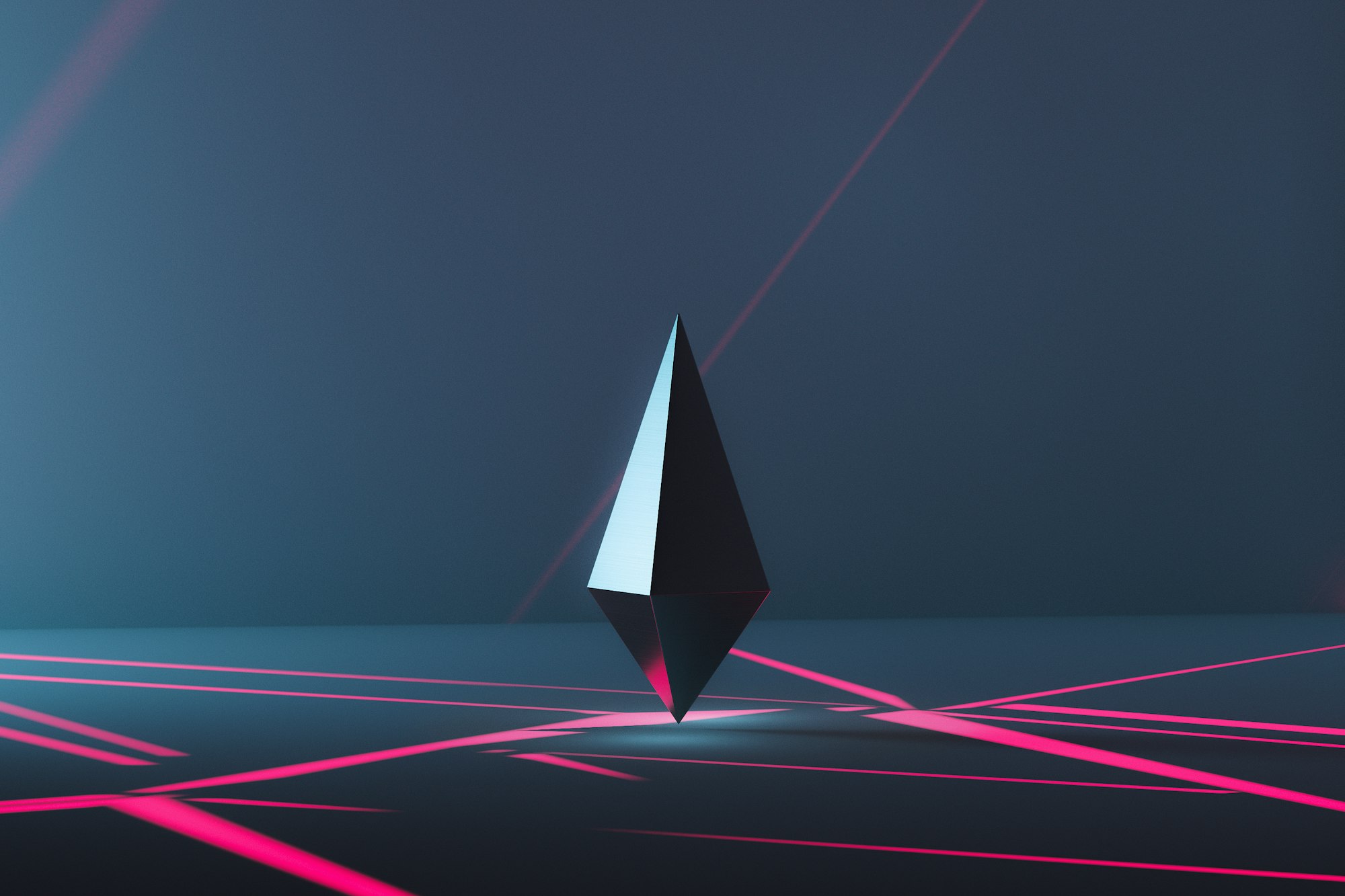Crypto: The Latest Gaming Frontier
This month, we shift gears to focus on the burgeoning world of crypto gaming which could be the future of consumer social experiences.

Last month we shared our thesis on the Decentralised Workplace and we hope you enjoyed it. This month, we shift gears to focus on the burgeoning world of crypto gaming which could be the future of consumer social experiences. We hope you enjoy it!
Crypto - the latest gaming frontier

Accelerated by the pandemic, the gaming industry has been facing rampant growth over the last year leading to some astounding numbers. The global gaming market is now worth $180B in revenues, which for reference, is more than the global movie industry and the North American sports market combined!
As we study the history of the gaming industry, a couple of trends become very clear. First, we see that games have moved from single-player video silos to becoming the “third space” where people assemble, communicate, consume information, transfer value, and ultimately form communities. When virtual games started in the 60s, games like Spacewar were primarily focusing on solo gameplay. In the ‘70s, the trend moved towards incorporating competitive social experiences around gaming, caused by the explosion of the arcade gaming industry. Here players could compete at the same game in the same setting for bragging rights. This success led to virtual games evolving to empower players to interact with each other - primarily through competition but also collaboration. As the interactivity drew in gamers, developers started building multiplayer game logic at the heart of the products.
In 1984, riding on the growth of multi-user dungeons, Islands of Kesmai was released where 100 people could simultaneously play and, soon after, multiplayer-driven virtual games became commonplace. The 90s saw a further acceleration driven by the collapsing costs of computer networking along with the growing adoption of personal computers and the internet. These major technological and platform shifts enabled games like Second Life and EverQuest which empower many to play simultaneously. In the 20 years since then, broader technological advancements, along with the growth of mobile internet, have led to games permeating into mainstream culture and in 2020 there were an estimated 2.8 billion video gamers globally! Interestingly, many of the impactful games from the last decade are premised on connecting gamers together, rather than pushing them into silos. Games are becoming important consumer social spaces - as seen via the success of Roblox and Fortnite - and those which have strong in-game socialization features can be used to host concerts, film screenings and general “hangout zones”. But simultaneously, for games that do not have in-built socialization, the players are migrating to gaming-adjacent platforms like Discord and Twitch to create, interact, play, and transact with each other.
Secondly, platform and business model shifts in gaming have increased accessibility, community empowerment, and economic sustainability. The predominant monetization model for games was to include one-time access fees and hardware sales in the form of video game consoles, popularized by the seminal Nintendo Entertainment System. In this format, the majority of the revenues would come in the first few weeks of a game’s launch.
This made sense at the time given long development cycles and difficulties in patching and updating games post-release. Over time, this one-time $60 model started to dwindle in popularity, as the freemium model burgeoned, driven by the growth of mobile gaming, the augmentation of season passes, the adoption of paid gaming content, and the need for frictionless onboarding among increased competition. Simultaneously, microtransactions allowed for in-game purchases to upgrade skills, dress up avatars, buy weapons, enhance animations and open loot crates. While EA’s infamous FUT and Valve’s CS:GO pioneered this movement, Supercell and Rovio adapted it to the mobile environment and companies like Roblox and Fortnite are deepening its popularity. However, in the last couple of years, we have witnessed a new, potentially much more profitable model emerge for game makers which builds on the free-to-play model by adding a community monetization layer to therefore form a play-to-earn model. While this model has existed for a long time now in games like World of Warcraft, the rapid growth and de-stigmatization of NFTs and crypto in general has boosted the efficacy of play-to-earn.
Now, blockchain technology is the underlying driving force behind the new play-to-earn model. By decentralizing ownership and building game assets on-chain (in the form of NFTs), games like Axie Infinity allow users to own their in-game assets even though it is still on a walled-off data network. This unlocks new forms of monetization for the developers and the players, which in turn further accentuates user growth. Just check out their rapid growth as they reached an annualized revenue of $2.7B last month!
Crypto, and crypto games are causing much frenzy in the startup and VC ecosystem. The typical crypto-gaming maximalist’s views are typically as follows: First, blockchain gaming allows for organic growth in gaming economies as users can be paid to play. In the case of Axie, users pay to acquire Axie NFTs to begin playing and then earn SLP tokens by playing and competing which can in turn be exchanged for crypto or fiat currencies. Second, public blockchains, by nature, are open to everyone and permissionless which allows anyone to participate with just a mobile phone and internet connection, drastically enhancing accessibility. Additionally, the open protocols compress the cost of existing technologies by outsourcing operating and capital costs to the base layer blockchains (Ethereum for example) which have low barriers to entry. These blockchain traits can also open up possibilities of real interoperability, further accentuating economic value across platforms. Lastly, by leveraging the power of user-generated content through accessible creator tools, they can expedite production while cutting related costs.
However, the other side of the coin should not be ignored. From a technical perspective, the truth is that layer 1 blockchain solutions are not even remotely scalable enough yet to support the transaction volume that many companies are raising funds on the back of (even with scalable roll-up and layer two solutions). In practice, this leads to higher network congestion, gas fees and ultimately decreases accessibility. Simultaneously, while interoperability is the goal, we are far from it and many projects are not being built using mechanisms that will allow for true interoperability. Additionally, from a humanitarian perspective, the potential adverse effects of crypto gaming include severe ESG costs due to the high energy consumption of these rails and the potential human cost that comes from this new play-to-earn model. For example, whilst Axie Infinity did provide incomes during the pandemic, many people are now priced out of buying Axies and instead rent them through scholarship programmes and others are forced to toil on. Lastly, the recent rug-pull orchestrated by the Squid Games “play-to-earn cryptocurrency”, highlights how pump-and-dump schemes exist in the crypto world given the relative unknown domain.
At Moonfire, we have been studying these trends and believe that crypto-gaming has the potential to usher in a new golden era of gaming. If employed smartly, crypto games can become the accessible “third spaces” with digital economies that can dwarf legacy models but we have to meticulously work towards addressing and limiting the potential downsides of the industry. And the first step towards this is acknowledging them and understanding their potential ramifications.
Games we're currently enjoying


One of the many great parts of our work is getting to play (often literally) with the latest and most innovative crypto products and games.
Some of our recent favourites include Ember Sword, an immersive play-to-earn MMORPG, Mini Royale, a battle royale FPS built on Solana and Murder Party, a Roblox-based game inspired by ‘Mafia’.
Thanks for reading and keep an eye out for next month's edition.
Best,
Mattias
🌓🔥

